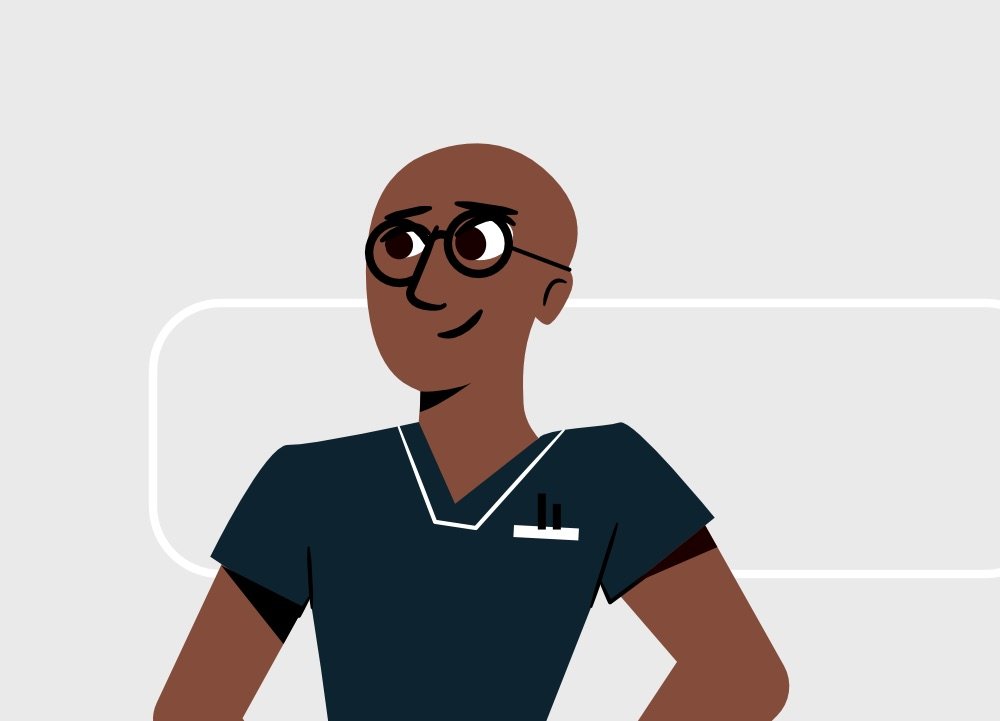Medical education has a heafty price tag on it making it unattainable to passionate clinicians and students, especially in developing countries. Traditionally, the framework would be to read expensive books and cutting-edge journals, and attend conferences in order to stay abreast. This changed when people started sharing ideas online and therefore, FOAM was born. In 2012, Dr. Mike Cadogan, an emergency medicine physician and co-founder of litfl.com, coined the term FOAM – Free Open Access Medical Education. Its concept is to be able to share whatever you make to educate people about medicine by putting it online and making it accessible.
According to Salim Rezaie from REBEL EM:
FOAM IS NOT Social Media
FOAM IS NOT a Teaching philosophy
FOAM IS independent of platform or media
FOAM IS an interactive collaboration of like minded individuals, free of geographic hindrances and time zones, with one single goal…to make the world of medicine better
Quite simply, FOAM is the concept. FOAMed is the conversation.
Benefits of FOAM
FOAM can be tailored to individual needs. This flexibility is important for time-poor students and clinicians as they can study at their own pace and focus on areas that need improvement, hence enhancing the overall learning experience.
The student can choose:
1. What to study
2. When to study
3. Where to study from
Challenges facing FOAM
“FOAM is not medicine 101”
It is not a one-size-fits-all solution. Unlike standardized medical curricula, FOAM consists of diverse opinions and experiences of clinicians (most of whom I must add are smart, talented, and motivated). Learners must critically appraise the quality of the content by evaluating its relevance to their specific settings, situations, and patient populations. Discerning the applicability of information is an essential skill.
Navigating the FOAM Universe
Here’s how to get started
1. Blogs and websites
Begin by following bloggers, websites and journals using tools like Feedly (an RSS aggregator) or Instapaper. They consolidate articles into one easily manageable and readable form.
Here are a few websites worth checking out:
2. Twitter
Engage in live discussions and interaction on Twitter where relevant FOAM is highlighted. Hashtags can be used to group tweets into different headings. Utilize hashtags like #FOAMed and #medEd
Some accounts to follow:
3. Video platforms
YouTube is great for procedural videos and recorded lectures. Additionally, platforms like TikTok and Instagram reels offer innovative educational content.
Some accounts worth subscribing to:
- Zero To Finals
- The Surgical Educator
- Paul Bolin MD
- OPEN Pediatrics
- Strong Medicine
- The radiologist page
4. Podcasts
Take advantage of free, downloadable podcasts that can be listened to on the go. Podcasts can be accessed using applications like Pocket Casts, Spotify, Apple Podcasts, and Google Podcasts.
Some podcasts to subscribe to:
- Dr. Matt and Dr. Mike’s Medical Podcast
- Behind the Knife Podcast
- OrthoTutorials
- The Zero to Finals podcats
- Pedscases.com podcast
- EM Board Bombs Podcast
- Psychiatry and psychotherapy
5. Digital Flashcards and Interactive Resources.
Flashcards and interactive resources are highly effective for retaining information and understanding complex topics.
Here are a few you can try:
Paid Resources vs. FOAM
While FOAM offers a wealth of knowledge, it coexists with paid resources such as Amboss and UpToDate (which is painfully expensive). The content quality and price of these resources can vary. It is important to evaluate these factors before investing. Not all paid resources offer content that is better than FOAM.
Conclusion
In conclusion, FOAM is not a superior method of learning medicine. Nowadays there is information overload. The sheer volume of medical knowledge might feel overwhelming to learn. The Pareto Principle holds true. 80% of effects come from 20% of the causes. You do not get extra points for reading, watching, or listening to educational material for hours on end. A small amount of effort in the right direction can go a long way in improving your knowledge. It is crucial to strike a balance between life and medicine. Ask friends what they use to study. Experiment with various resources and methods. Stick to those that work for you, and abandon those that do not.
Feel free to share your study techniques and resources! 😊

